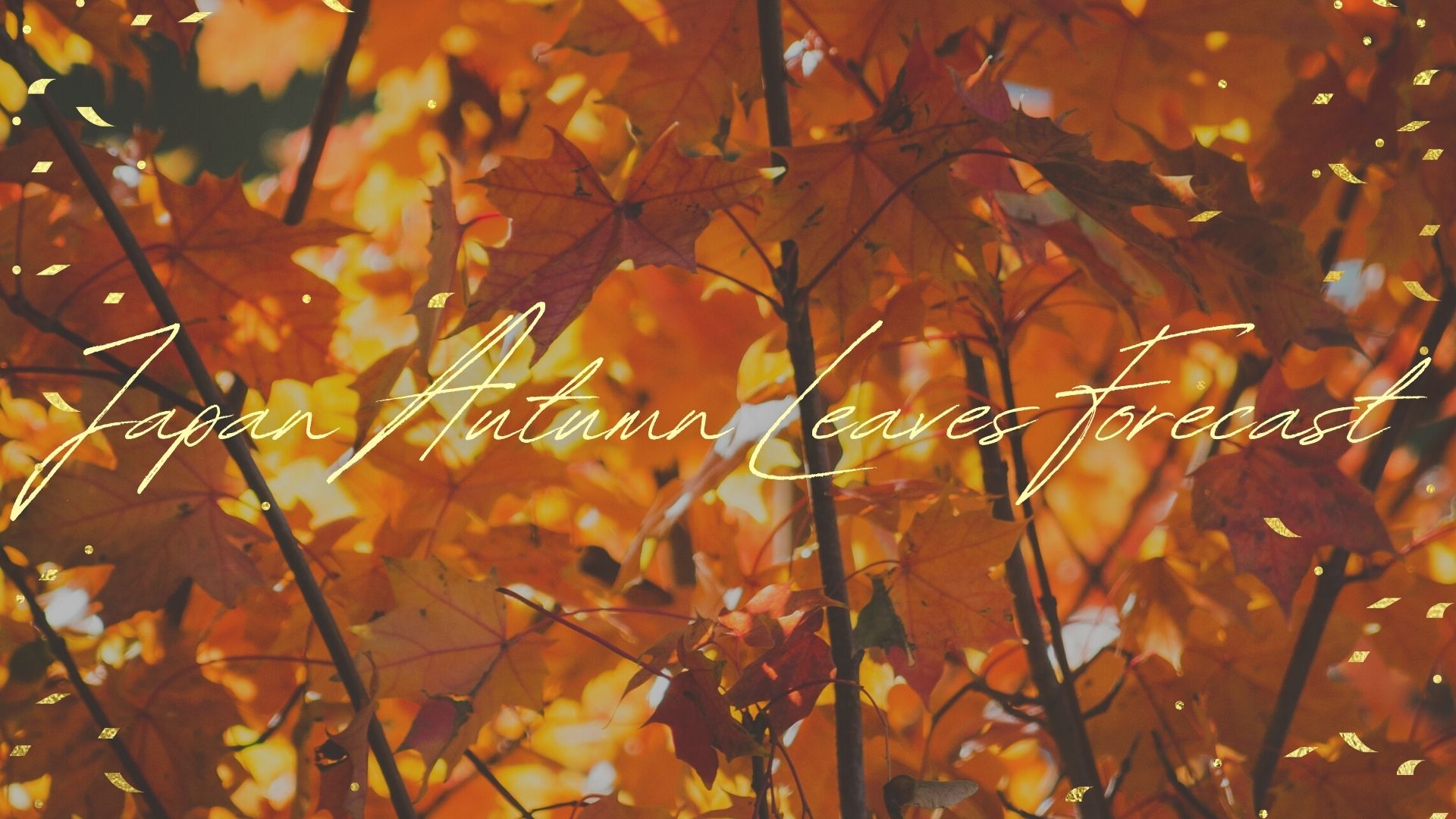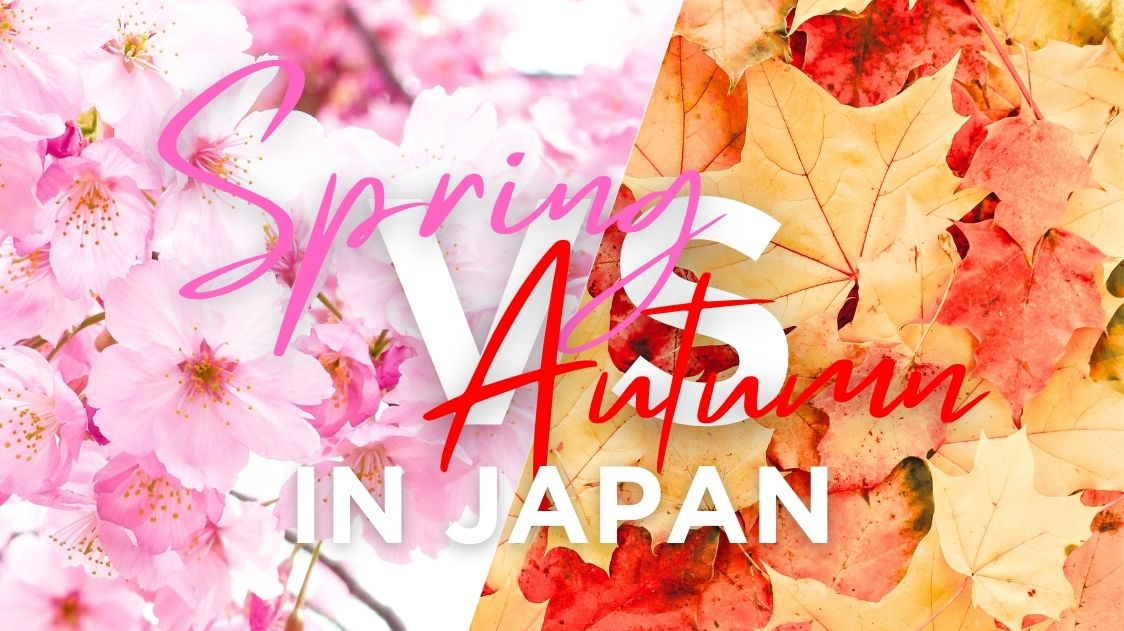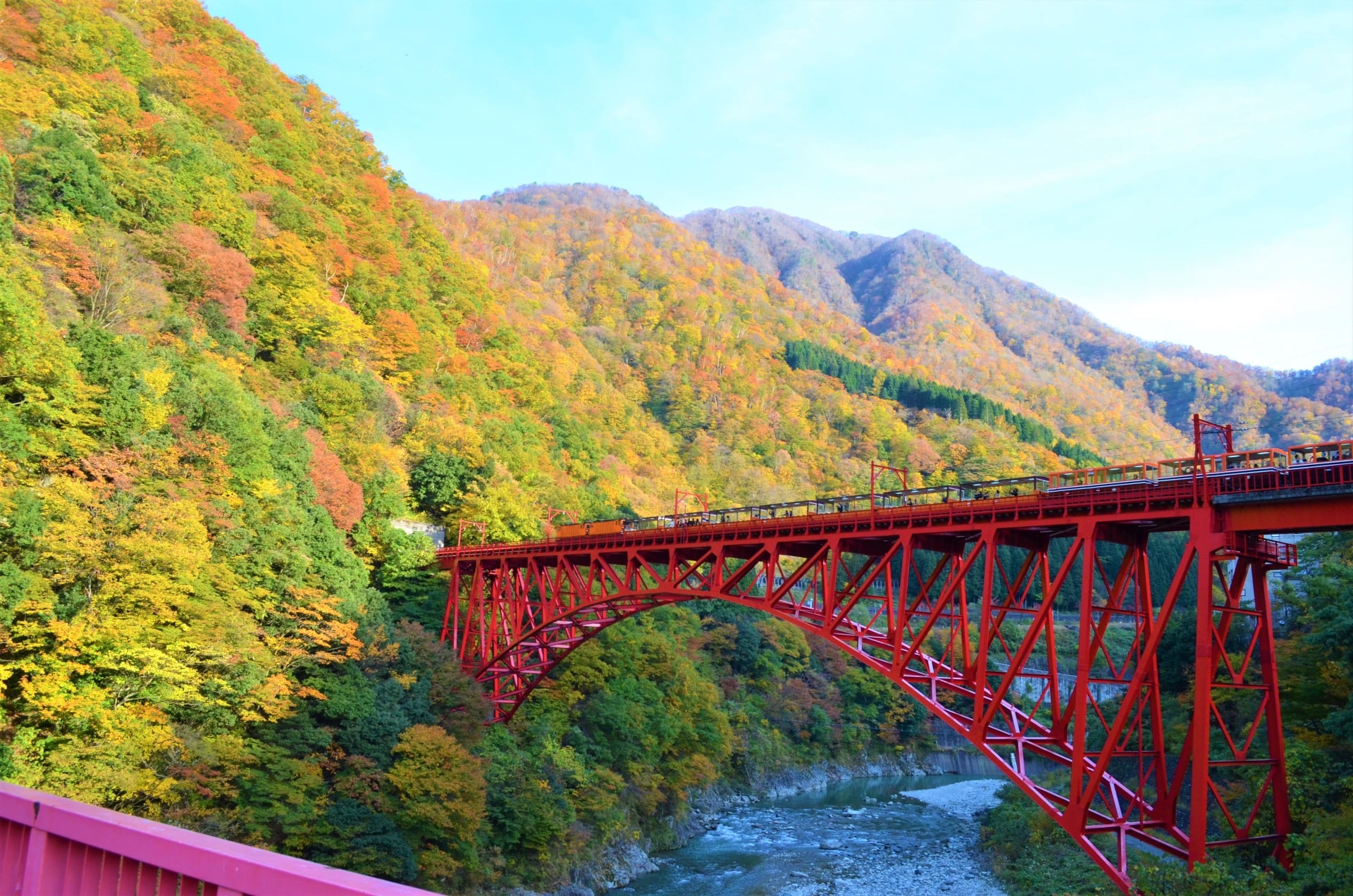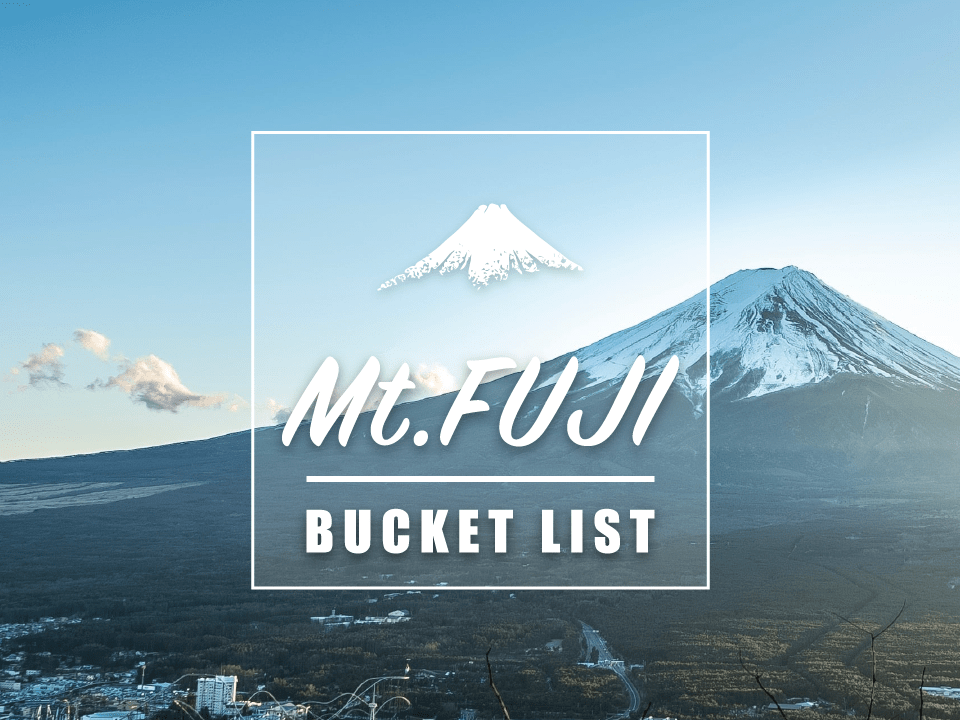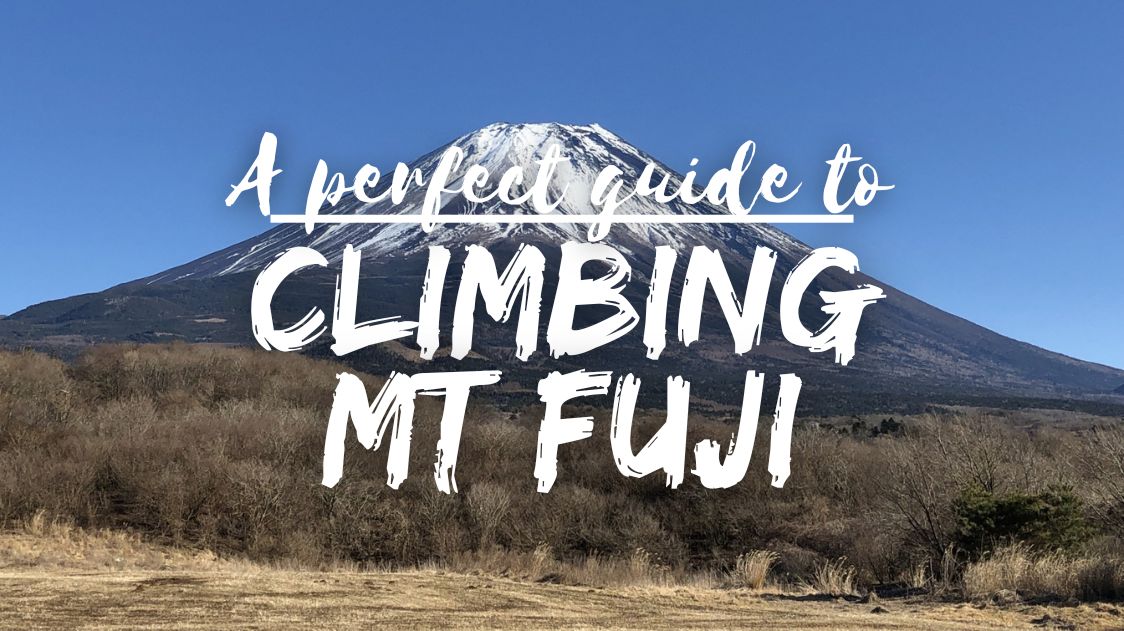Best Autumn Leaves Spots Around Mt. Fuji
Top Sights of Mt Fuji With Fall foliage

Naturally, Mt. Fuji is a sight to behold any time of the year. But as autumn descends on Japan, the regions surrounding the country’s most iconic mountain acquire a striking contrast against the iconic mountain’s snow-capped peak. The area comes alive with reds, oranges, and yellows as the trees embrace the season with mesmerizing landscapes that captivate everyone.
And that’s where we come into play, with a guide of the best spots near Mt. Fuji where you can enjoy the spectacle of the colorful autumn leaves. Whether you’re seeking quiet spots for reflection or popular vantage points for photography, with this list you’ll be able to make the most of the season!
1. Lake Kawaguchi
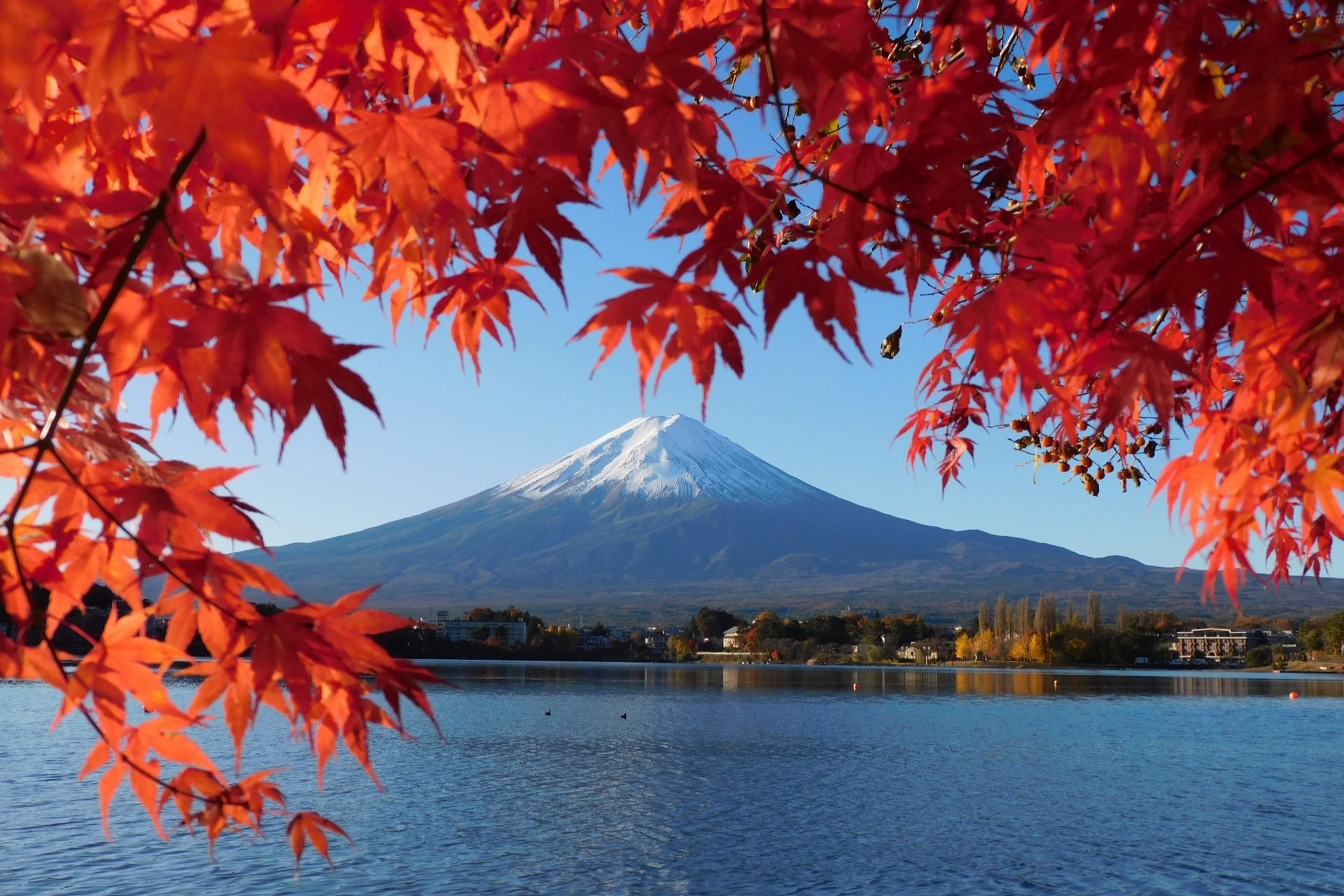
Throughout autumn, the area hosts various events, including evening light-ups that enhance the magical atmosphere. Accessible by train and bus, Lake Kawaguchi is an easy and rewarding day trip from Tokyo, ideal for experiencing the beauty of Japan’s autumn leaves with a perfect view of Mt. Fuji.
Best Time to Visit: Late October to mid-November
More info: Fuji Kawaguchiko Autumn Leaves Festival 2024
2. Arakurayama Sengen Park
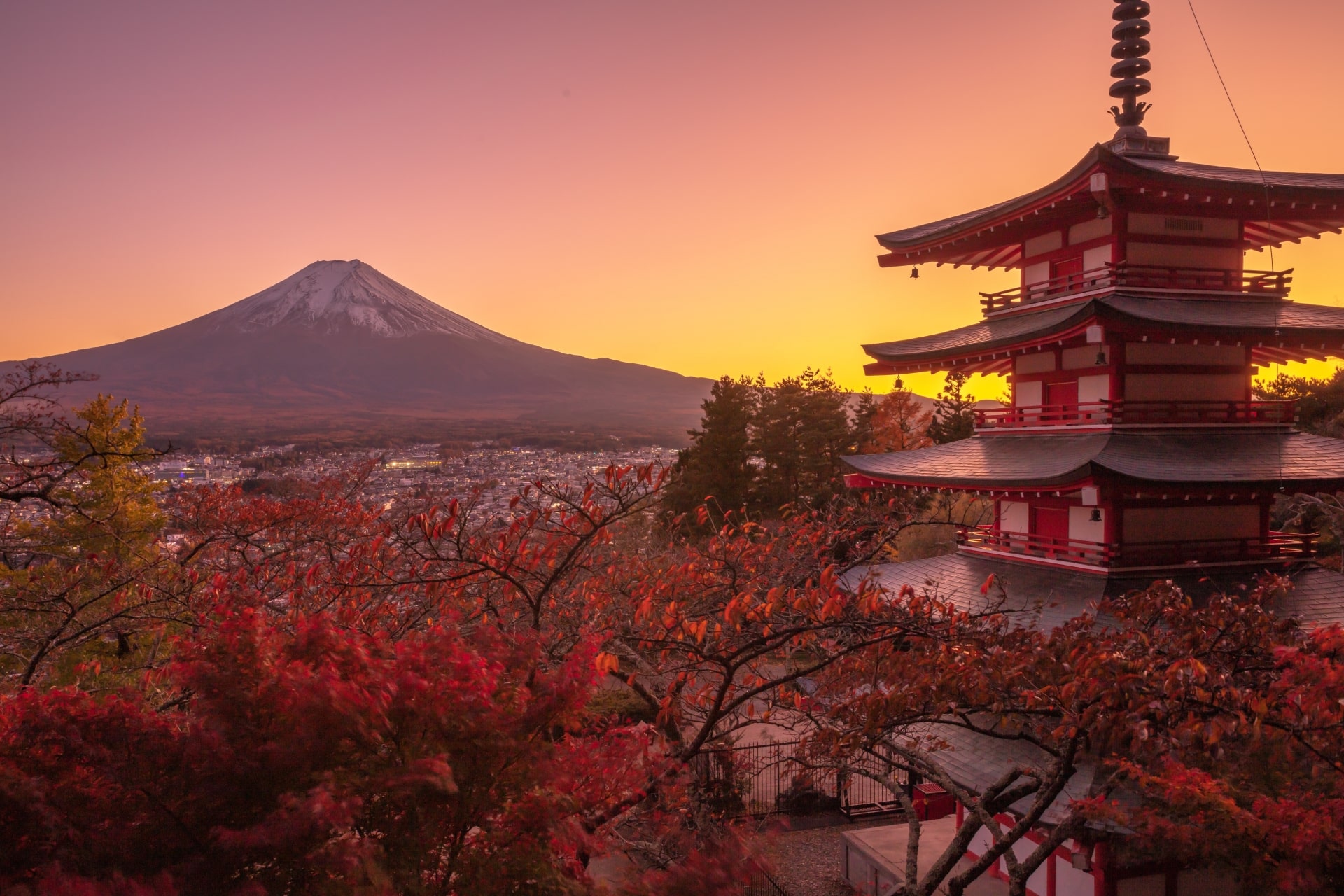
As the surrounding trees transform into shades of red, orange, and gold, the sight of Mt. Fuji towering in the background creates one of the most iconic and photographed views in Japan throughout the seasons.
Best Time to Visit: Mid-November
More info: Chureito Pagoda: The Best View Point of Mt Fuji
3. Oshino Hakkai
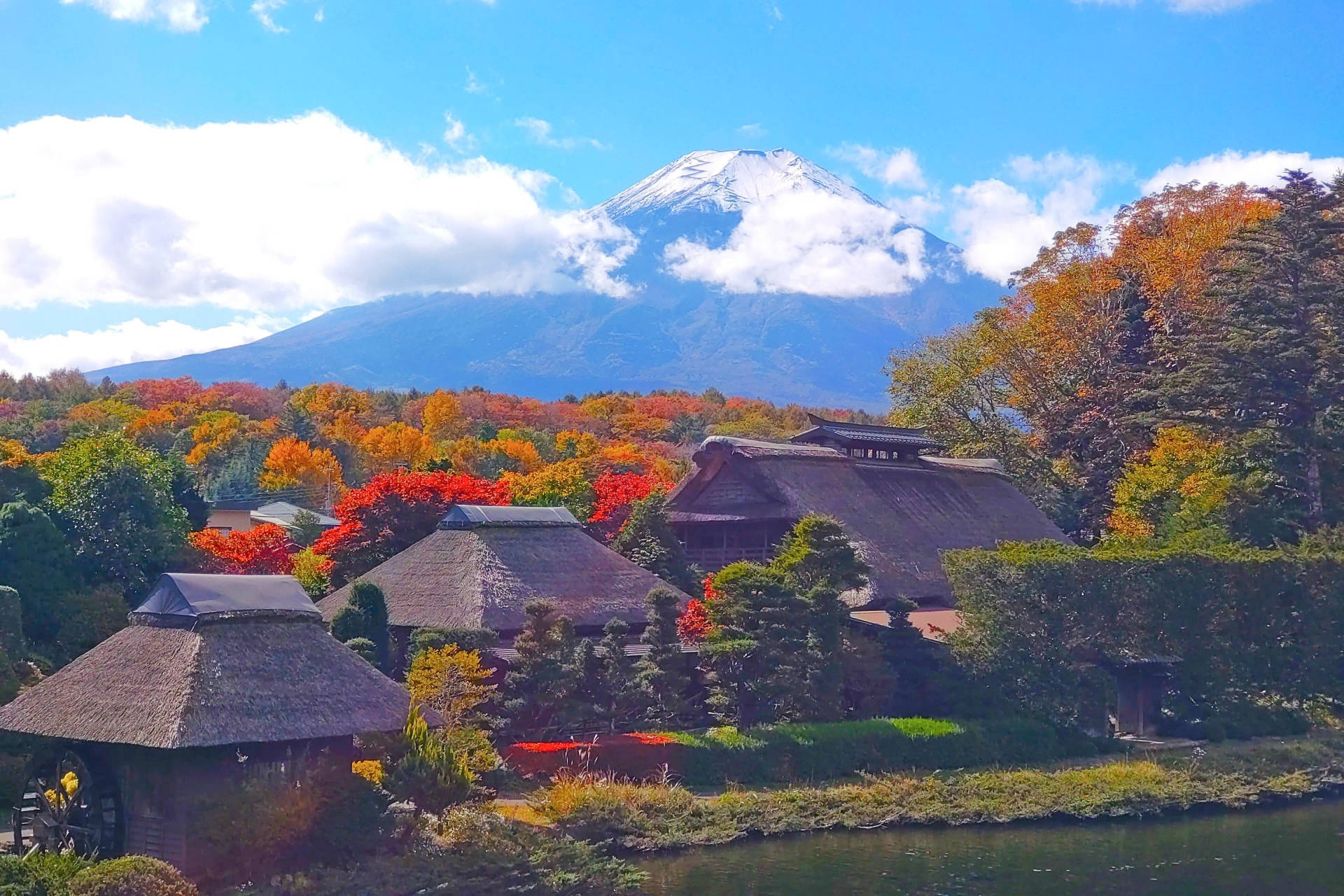
Walk around the village and explore the eight ponds, each with its unique charm. The picturesque setting combined with stunning views of Mt. Fuji creates an atmosphere that feels quintessentially Japanese, while also being a calming retreat from the busier tourist spots in the area.
Best Time to Visit: Late October to early November
More info: Oshino Hakkai: Springs of Mt. Fuji
4. Lake Shoji
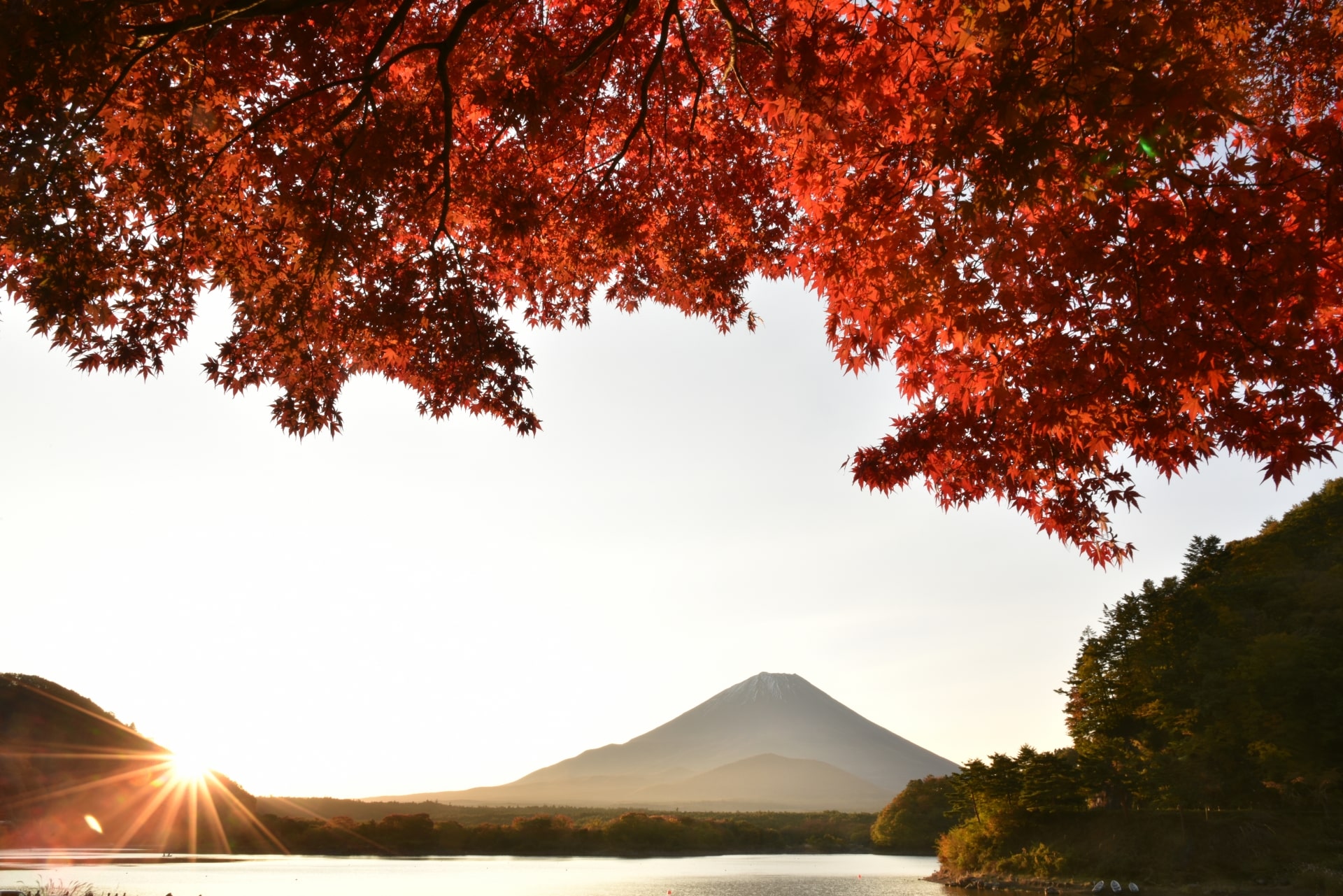
Hiking trails around the lake offer various vantage points for admiring the beauty of the season. The tranquility of Lake Shoji combined with the stunning autumn colors and Mt. Fuji views make it a hidden gem worth visiting during fall.
Best Time to Visit: Early to mid-November
See also: Fuji Five Lakes: Best Photo Spots of Mt.Fuji!!
5. Lake Motosu

Despite its remote location, Lake Motosu’s breathtaking views and peaceful atmosphere make it an exceptional destination for experiencing fall in the Mt. Fuji area.
Best Time to Visit: Late October to mid-November
See also: Fuji Five Lakes: Best Photo Spots of Mt.Fuji!!
6. Oishi Park
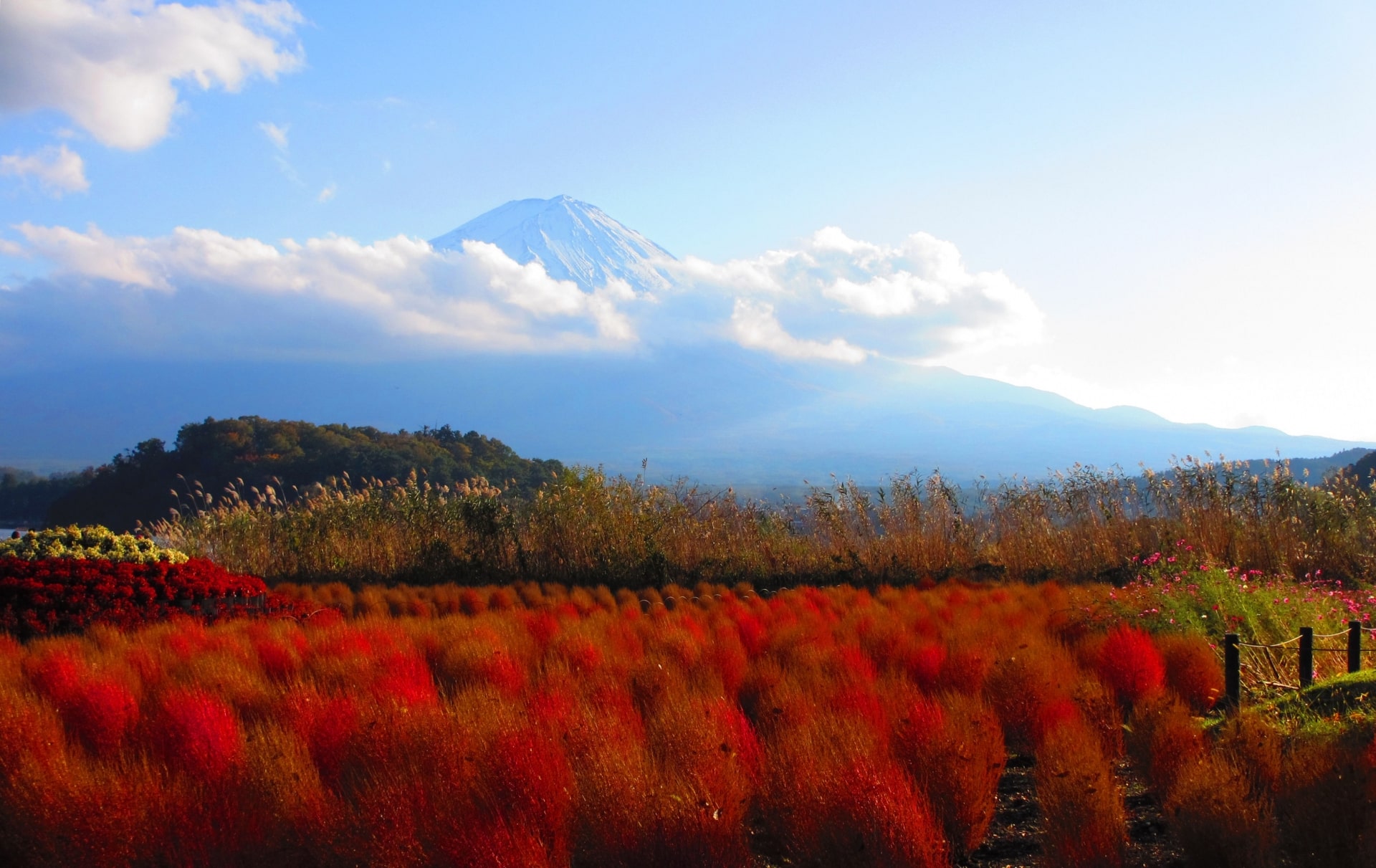
Oishi Park is also home to the Kawaguchiko Natural Living Center, where visitors can experience local foods and crafts, making it a well-rounded destination for everyone.
Best Time to Visit: Late October to mid-November
 Access Access |
14-min drive from Kawaguchiko Station |
|---|---|
 Official Website Official Website |
http://www.town.fujikawaguchiko.lg.jp/ka/info.php?if_id=2346 |
7. Surroundings of Narusawa Ice Cave
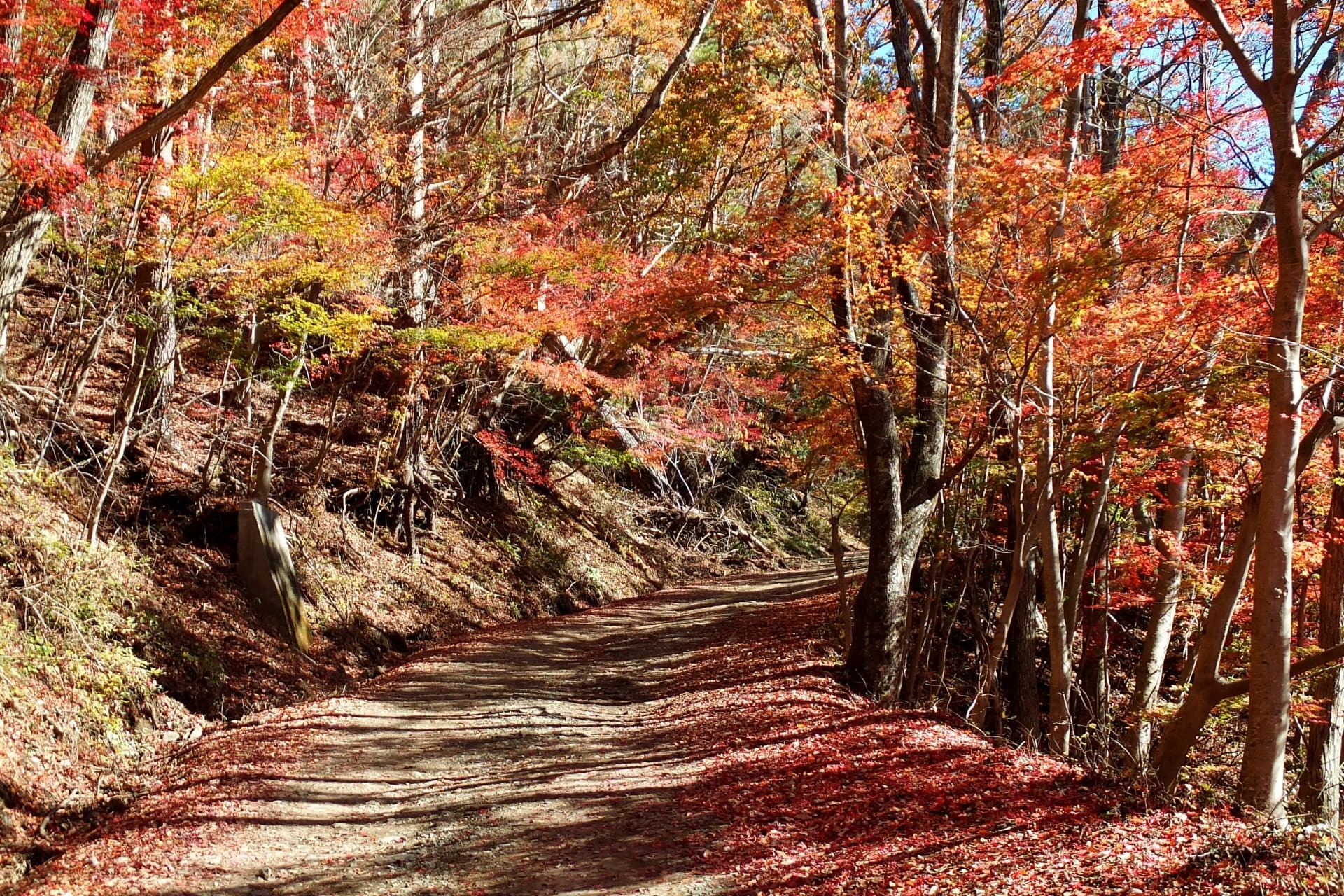
So if you’re visiting the area in autumn, it’s a good opportunity to experience an interesting contrast between the underground ice formations and the beautiful autumn foliage.
Best Time to Visit: Early to mid-November
 Access Access |
20-min drive from Kawaguchiko Station |
|---|---|
 Official Website Official Website |
http://www.mtfuji-cave.com/ |
8. Fujisan Hongu Sengen Taisha

As the protector of Mt. Fuji, the shrine also offers cultural and historical insights, making it an enriching stop during the fall season for those interested in both nature and tradition.
Best Time to Visit: Mid to late November
 Access Access |
10-min walk from Nishi-Fujinomiya Station |
|---|---|
 Official Website Official Website |
http://fuji-hongu.or.jp/sengen/ |
9. Lake Yamanaka

Various walking and cycling paths around the lake provide excellent opportunities to enjoy the vibrant colors, while the many viewpoints allow for stunning photos of Mt. Fuji and the seasonal landscape.
Best Time to Visit: Late October to mid-November, with the best foliage occurring in early November.
More info: Fuji Five Lakes: Best Photo Spots of Mt.Fuji!! & Lake Yamanaka Flower Park: Colourful Flowers next Mt.Fuji
10. Lake Sai
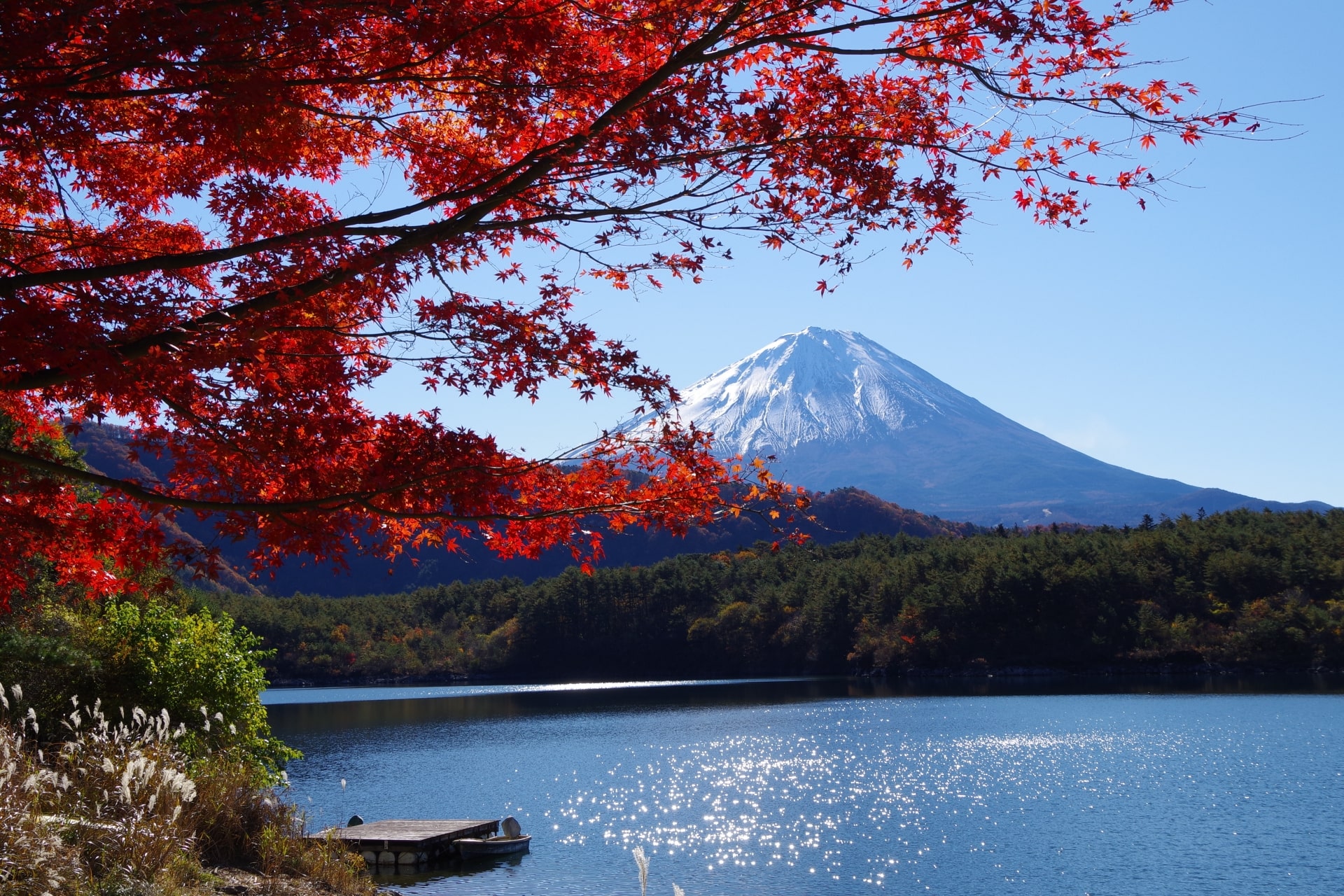
As one of the quieter lakes in the area, Lake Saiko provides an ideal retreat for visitors looking to experience the colors of autumn without the large crowds. The lake’s calm waters mirror the brilliant foliage, creating a peaceful atmosphere perfect for relaxing walks and quiet reflection.
Best Time to Visit: Late October to early November
More info: Fuji Five Lakes: Best Photo Spots of Mt.Fuji!!
▽Subscribe to our free news magazine!▽
For more information about seasonal attractions and traveling in Japan, check these articles below, too!
▽Related Articles▽
▼Editor’s Picks▼
Written by
Photographer, journalist, and avid urban cyclist, making sense of Japan since 2017. I was born in Caracas and lived for 14 years in Barcelona before moving to Tokyo. Currently working towards my goal of visiting every prefecture in Japan, I hope to share with readers the everlasting joy of discovery and the neverending urge to keep exploring.





